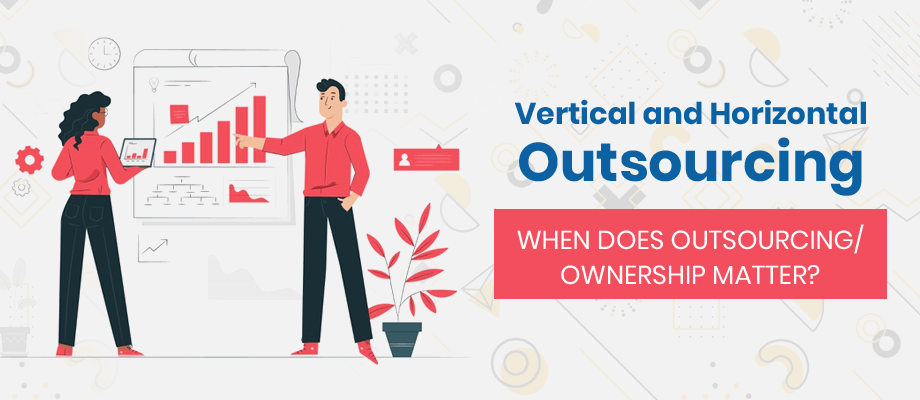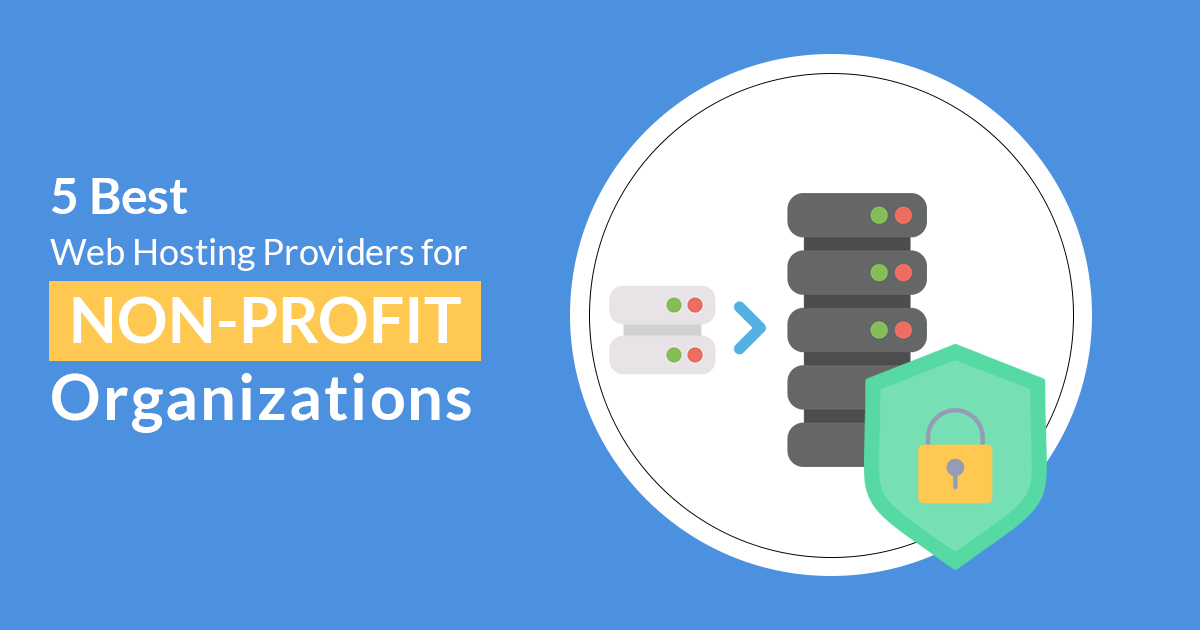An Essential Guide to Vertical and Horizontal Outsourcing

In an age of globalization and technical know-how, Vertical and Horizontal outsourcing practices are becoming increasingly common in call center activities. These practices are a natural extension of business processes used in other parts of the world. Vertical and Horizontal Customer Support outsourcing can be defined as a set of marketing strategies that have a common focus on optimizing the productivity of an organization in its most important activity: Customer call center operations. The various elements of Vertical and Horizontal outsourcing include Customer call center services, BPO outsourcing, and telemarketing.

There are three ways in which BPO can be considered a form of Vertical and Horizontal outsourcing. First off, BPO is a sales strategy and it is aimed at increasing sales productivity. It takes the help of third-party agents to promote sales in a call center. This would be done by focusing on factors like effective customer service outsourcing, providing answers to customer queries quickly, and making sure that the end customer is completely satisfied. BPO also involves developing contacts with customers and prospects and then employing these contacts to market products.
Telemarketing is a relatively new concept in the arena of BPO. Telemarketing agents are employed by a call center to make calls to prospective customers or existing customers in order to market a particular product or service. In return, the customer receives advice on a range of issues related to his or her particular product. Telemarketing can be defined as the process of conducting sales activities using personal contacts, which is a more cost-efficient and faster means of conducting business.
Another practice of Vertical and Horizontal outsourcing comes in the form of web presence and web development. Call center operators have traditionally had to personally maintain and pay a host of charges for maintaining their own in-house IT setup. Web development services, on the other hand, can be contracted out to web design companies and BPO firms. Web services involve the creation of websites, web pages, blogs, and more. These are usually done on a contract basis, which makes them cost-effective and flexible for all parties involved.
The concept of Vertical and Horizontal Outsourcing can be used to leverage the benefits of both call centers and BPO firms. In this case, two or more outsourcing firms are brought into the fold of a call center. Since call centers have access to BPO and web development expertise, they can gain access to the valuable inputs of these firms by providing them to the parent call center firm. This allows the parent call center to focus its resources on providing superior customer service.
Vertical and Horizontal Outsourcing can also be defined as a set of processes designed to increase the productivity of a company by contracting out the necessary tasks to third-party service providers. Common examples of these outsourcing activities include call center management, product creation, and marketing of those products.
These contract services can further be subdivided into two categories:
Vertical outsourcing, where the services provided are focused towards a specific product line; and horizontal outsourcing, where the tasks that are needed are distributed across many different product lines. This is commonly seen in the production and retailing industries, where products are manufactured in factories and sold to stores. Companies with the aim of expanding their reach and increasing their productivity resort to contracting manufacturing activities.
Vertical outsourcing, as the name suggests, focuses on the vertical. Many of these BPO firms offer their services to a range of clients, from manufacturing concerns to retailers and global companies. In addition, this type of BPO has a number of advantages over the conventional form of BPO. For one, vertical companies have a clear advantage over their counterparts as far as intellectual property protection is concerned. In addition, since the main objective of such a practice is to increase a company’s productivity and lower costs, such outsourcing practices do not have a negative effect on the client company’s profitability.
Horizontal outsourcing, meanwhile, deals with the horizontal. This practice refers to a BPO firm providing call center services to a product supplier or a manufacturing concern. The main advantage of this practice is that it enables a company to reduce costs associated with call center operations and at the same time, it allows for improved relations between the contact center and the manufacturer or supplier of the product. Horizontal outsourcing also allows a company to improve its presence in the global marketplace. Some examples of firms using this practice include call centers for financial services companies, pharmaceutical manufacturers, engineering firms, and consumer product manufacturers.





